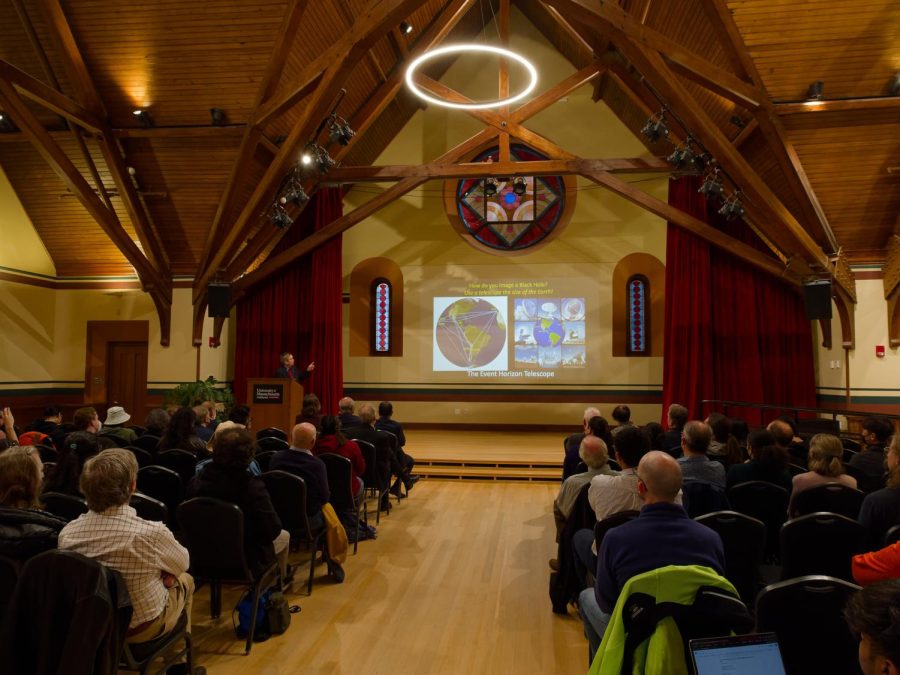
Springfield is a far cry from being the healthiest environment in America, with an air quality rating of “C” from the American Lung Association and an asthma rate twice the state average.
Kathleen Szegda, director of the Pioneer Valley Asthma Coalition, is starting to make changes through “Healthy Environment, Healthy Springfield.” The project is a collaborative effort between several Springfield organizations and schools, as well as the University of Massachusetts to address and fix environmental risks in the area.
The project is funded through an $84,700 Community Action for a Renewed Environment (CARE) grant awarded by the Environmental Protection Agency (EPA) on Jan. 20. According to the website, these grants are given to local and non-profit organizations and are designed to “complement national regulatory approaches and meet community needs.”
Szegda, the principal investigator of the project, was “excited” to receive the grant. “This is a great opportunity for organizations in Springfield to come together,” she said
The purpose of the grant is to address environmental risk factors, such as toxins, and bring awareness of them to the community. Some of the specific factors to be examined include air pollution, indoor air quality, lead, hazardous waste, pesticides and drinking water.
The grant also pays for UMass public health students to acquire data on environmental toxins in Springfield.
The project will follow the EPA’s “10-step Road Map.” At the end of the process, community members will discuss and rank the environmental risk factors in order of importance, and develop an action plan. In order to implement these plans, Springfield will have to file for another competitive grant. The project is expected to take two years.
Mike Muilenberg, a UMass senior research fellow in public health explained, “one key part of the program is the organization of community forums to educate the communities within Springfield about the CARE program, help them understand some of the risks of exposure to environmental toxins in their community, and also to enable the community to have input and final say in the ranking of importance of these risks.”
According to a UMass news release, Mulienberg and Christine Rogers, leader of the UMass efforts and assistant professor of environmental health science, will be gathering data on air pollutants such as sulfur dioxide, nitrogen dioxide, carbon monoxide, ozone and particulates, plus water and soil pollutants such as arsenic, and contaminated brownfields as well as residential health risks such as lead paint, tobacco smoke and mold.
“We will use government databases and research studies, among other sources to compile the data,” Muilenberg said.
They will also be working with students from Aurora Kushner’s 10th grade science class from the Springfield Renaissance High School. There has been continued communication between these two groups that will culminate in the spring.
“In the spring, several of my honors students will work with UMass graduate students and help with collecting data,” Kushner said.
The students will also be helping to raise awareness in the community. According to Kushner, they will be hosting a Community Awareness Fair about environmental toxins on Feb. 10.
One of the main topics that will be discussed at the fair as well as during discussions about the grant is asthma. According to Szegda, approximately 20 percent of Springfield children have asthma, which is about twice as high as it is in the rest of the state. In addition, Springfield has some of the highest rates in the state for asthma hospitalizations.
This is part of what drew Muilenberg and others to the project. “We were all interested in helping asthmatics better deal with their disease through reduced exposure to asthma triggers and proper management through behavioral and medical means,” Muilenberg said.
Muilenberg continued to explain why he thought this project was important to the community.
“Communities like Springfield, with a depressed economy and many minority and socioeconomically disadvantaged residents, often do not have the resources or information necessary to implement programs to reduce exposures to environmental toxins,” Muilenberg said. “Through partnerships formed under the CARE program, solutions for reducing these exposure risks can be implemented,” he said.
Katie Landeck can be reached at [email protected].


















